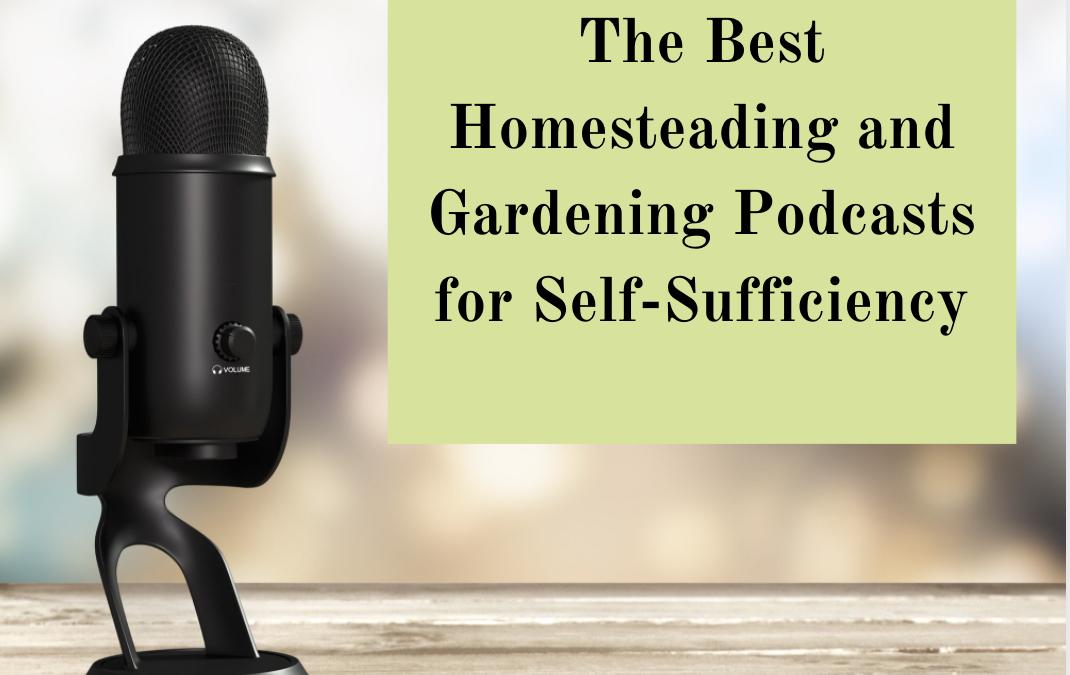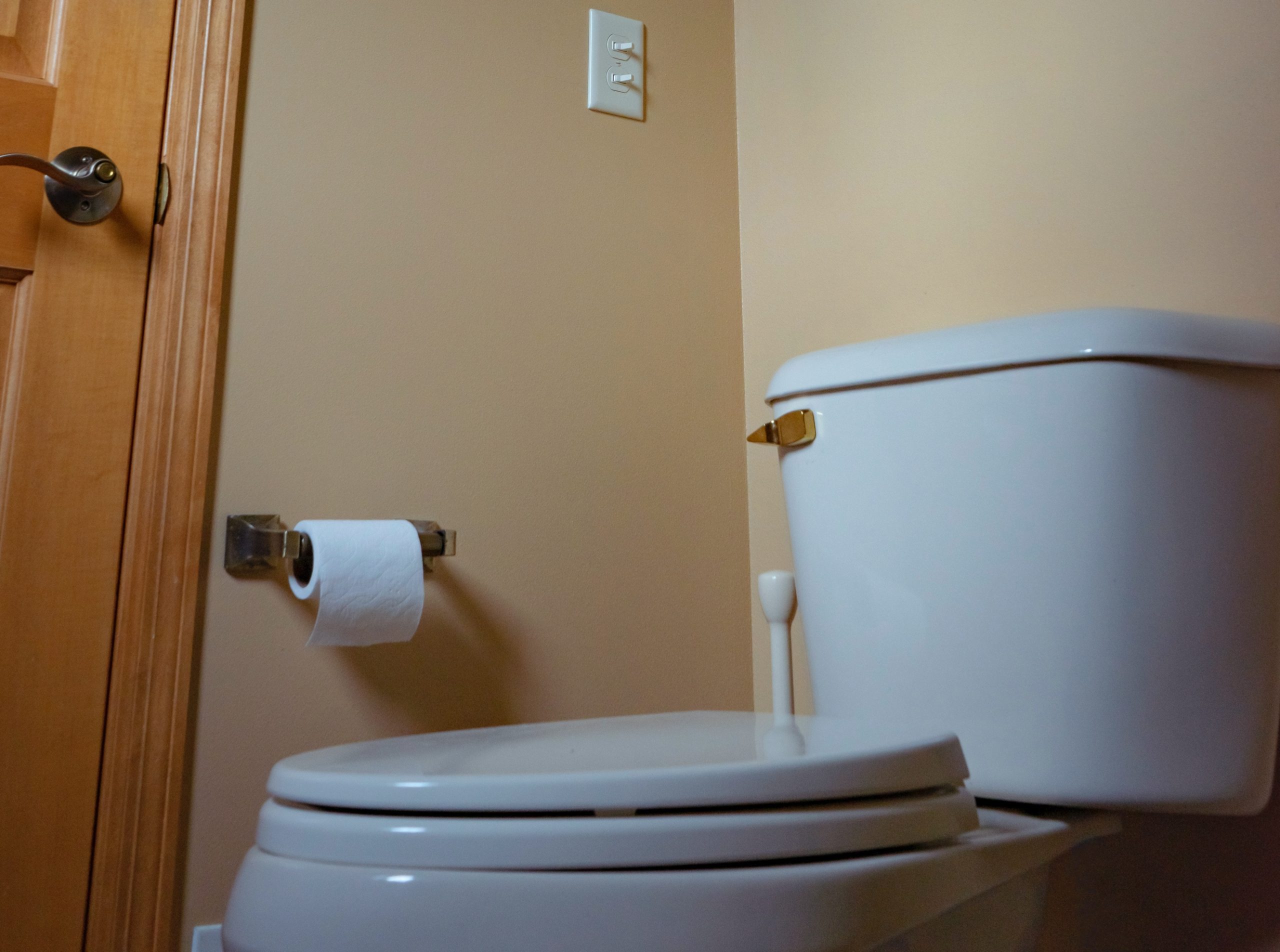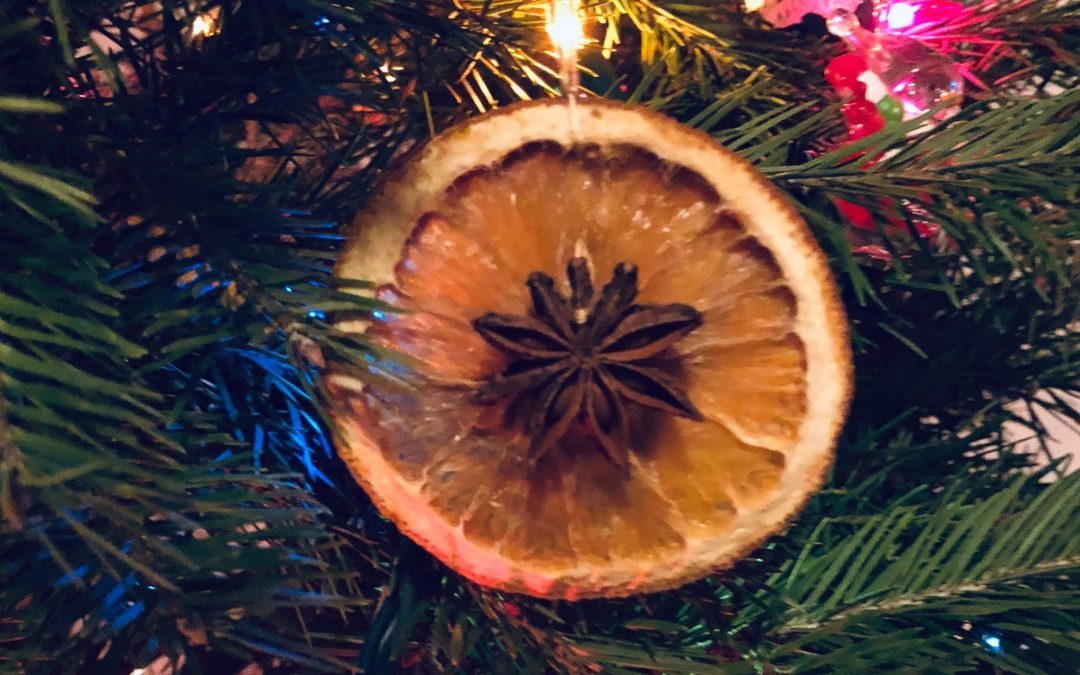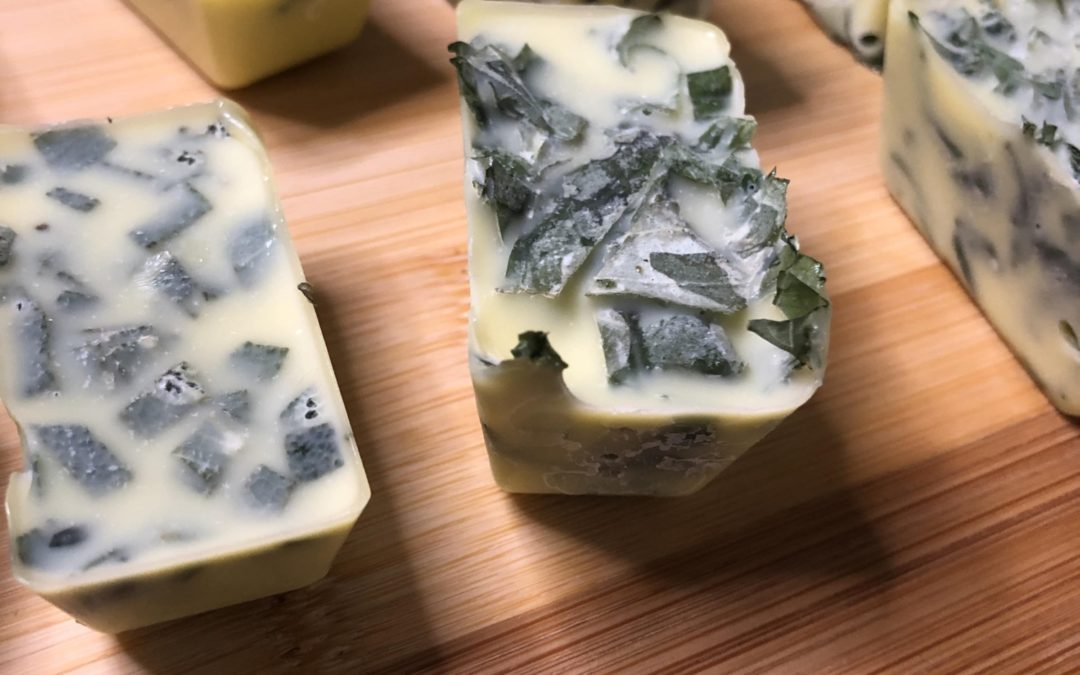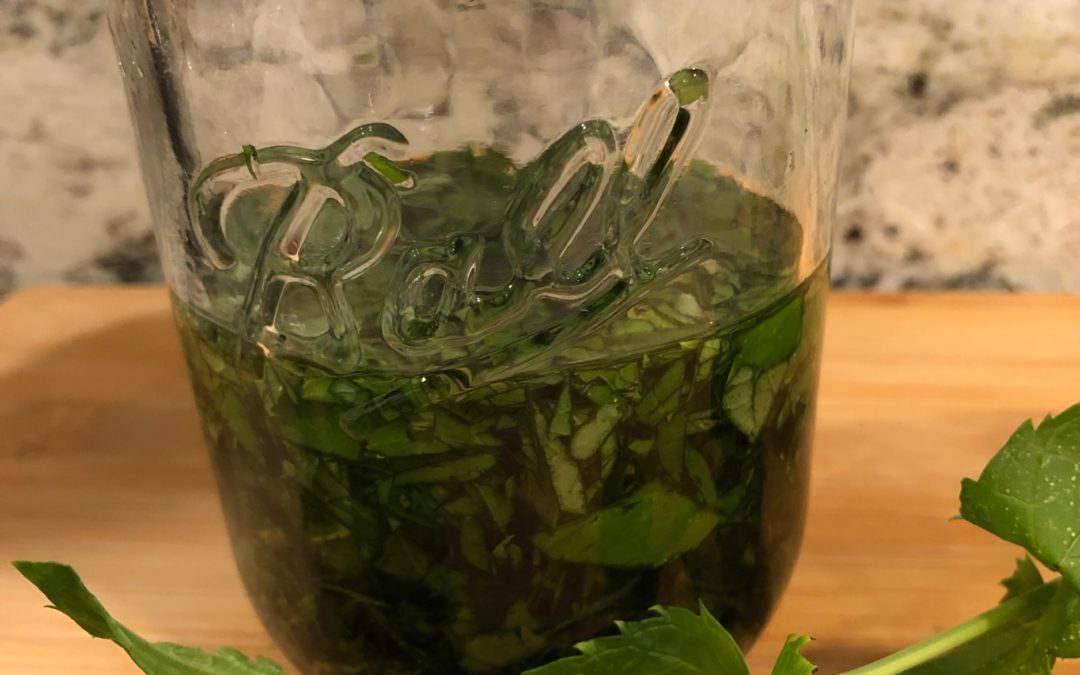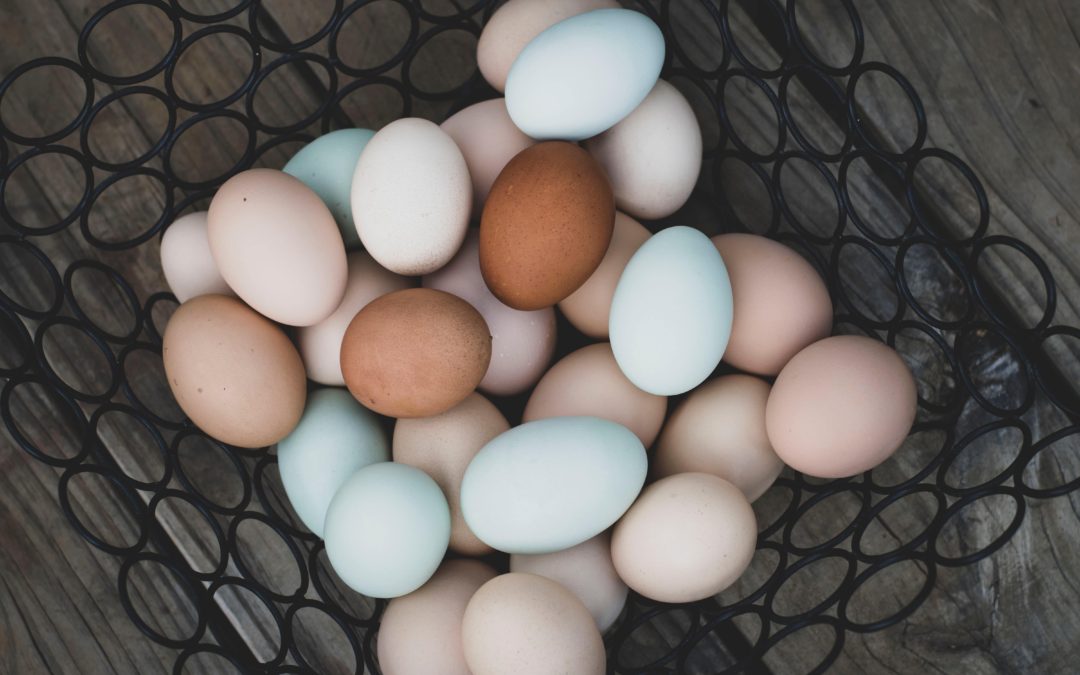
Fresh eggs: Common practices for your newly laying hens
You got your first homegrown, fresh egg! Nothing quite beats the satisfaction and excitement of finding the first eggs from a newly laying hen. My hens have just started laying and it has been a learning experience. I have done a lot of research on wat needs to be done to ensure that bothe the fresh eggs and your hens are clean, safe, and healthy during this exciting time. I share all of it here with you!

Preparing for the arrival of fresh eggs
It can seem like forever when waiting for that first egg! A lot of time and effort goes into raising chicks and the payoff usually takes some time to occur in the form of fresh eggs. The typical laying hen can expect to start producting fresh eggs around 18-20 weeks old, or about 4.5 – 5 months.
I got my chickens the very beginning of April when they were only 1 day old so I was expecting to start seeing eggs late August – early September. Our first eggs were right on time!
To prepare for the arrival of fresh eggs, I did some research but was honestly caught alittle off guard. I had been feeding the chickens a medicated chick starter since birth as recommended by the feed store person. I did not think that I needed to switch them prior to laying. It is important that the medicated feed is out of thier system prior to comsuming thier eggs.
All of my research said to give it at least 2 weeks to get out of the chickens system. In the meantime, my chickens produced 17 eggs during that time and since I did not want to waste them, I scrambled them up and fed them back to the chickens, which they thouroughly enjoyed.
This is something you may want to consider, make sure that once you start approaching the first egg milestone, you start feeding your hens a feed that is free of medication and is suitable for encouraging good egg production.

Signs that your hens are ready to start laying
There are several indicators that you can look out for that may suggest that your hens will start laying soon.
- Thier wattles and combs will start to become redder and larger. If this occurs really early than you may have a rooster on your hands. From what I have read there is actually a 10% chance of incorrect sexting amount baby chicks sold in feed stores so there defintely is a chance of that!
- An increase in appetite can occur when it is getting close to laying time. I did not necessaryily notice this, my chickens always eat fast, aggressively, and a lot so I am not sure an increase in this would be so clear.
- They talk more! I definitely noticed this one. A few weeks leading up to laying time, I noticed that they started sounding more and more like chickens. I hard squarks, clucks, and normal adult chicken sounds than the normal bird sounds that you tend to hear from a younger chicken. The coop as a whole started getting a lot noiser.
- They spend more time in the coop during the day. My chickens were noticebly spending more time in the coop sitting in the nesting boxes.
I know that there was real anticipation in our family for that first egg sighting so these indicators were a real help that it was coming soon.

Stop wasting your fruits and vegetables!
Grab the Ulimate Fruit and Vegetable Seasonal Guide for FREE to start properly storing your produce so you can stop throwing it away and start enjoying it longer.
How to handle and store fresh eggs
Homegrown eggs can and should be handled a little differently than your storw-bought eggs. Homegrown eggs do not have to be refrigerated if you don’t wast them immediately. Unwashed, fresh eggs can sit on the countertop for a few days to a couple of weeks. If you wash them or are unsure, store them in the fridge.
Homegrown, fresh eggs have what is called a protective “bloom” which is a cuticle layer that protects the eggs from bacteria. It completely covers the pores of the egg so if you keep that intact, they are perfectly safe to store on the countertop. When you wash them, this layer is washed off and will be needed to be stored in the fridge until use.
I have been storing in on the countertop unless I get a particularly dirty egg, then I wash them and keep them in the fridge. Sometimes I will find eggs covered in mud and/or poo and will wash them once I find them.
When you decide to wash your eggs, make sure you are using warm water instead of cold or hot. Then dry carefully and store in the fridge. I have been saving egg cartons leading up to this point so that I can easily store them.

Tips for encouraging good egg production
There are a few things that you are able to control that may help encourage your chickens to maintain a good egg production.
Happy chickens will produce the most eggs so it is important to make sure that they are comfortable and healthy.
Periodicaly checking them for ailments or injury is necessary, especially once they start laying. You do not want the to become impacted or have injury.
The egg production and the amount of eggs that a laying chicken will produce is dependant on breed, environment, diet, comfort, health, and age. You want to provide them with an environment that will be encouraging for laying. Make sure they have plenty of room and that thier nesting boxes stay clean and dry.
If chickens are scared or constantly at threat from predators, they will have trouble producting to thier full potential.
Chickens are good for full production for about 2-3 years and then they start to slow down. Chickens will also slow down production in the winter months or when the temperature drops.
The most important aspect is to just provie a safe, clean, and roomy environment for your chickens to thrive and you will enjoy all of the amazing benefits they provide!
For more information, listen to the podcast epsiode – Epsiode 20: When your Hen Starts Laying.


Stop wasting your fruits and vegetables!
Grab the Ulimate Fruit and Vegetable Seasonal Guide for FREE to start properly storing your produce so you can stop throwing it away and start enjoying it longer.

Welcome to Wingin’ it on the Homestead! My name is Stephanie Leaf. I am a wife to a can-fix-anything husband, mother of two boys under 3, future expert gardener, lover of anything old and dusty, and inspiring homesteader. My family and I are new to this journey and loving every minute of it. Please join me in embracing a simpler life!

